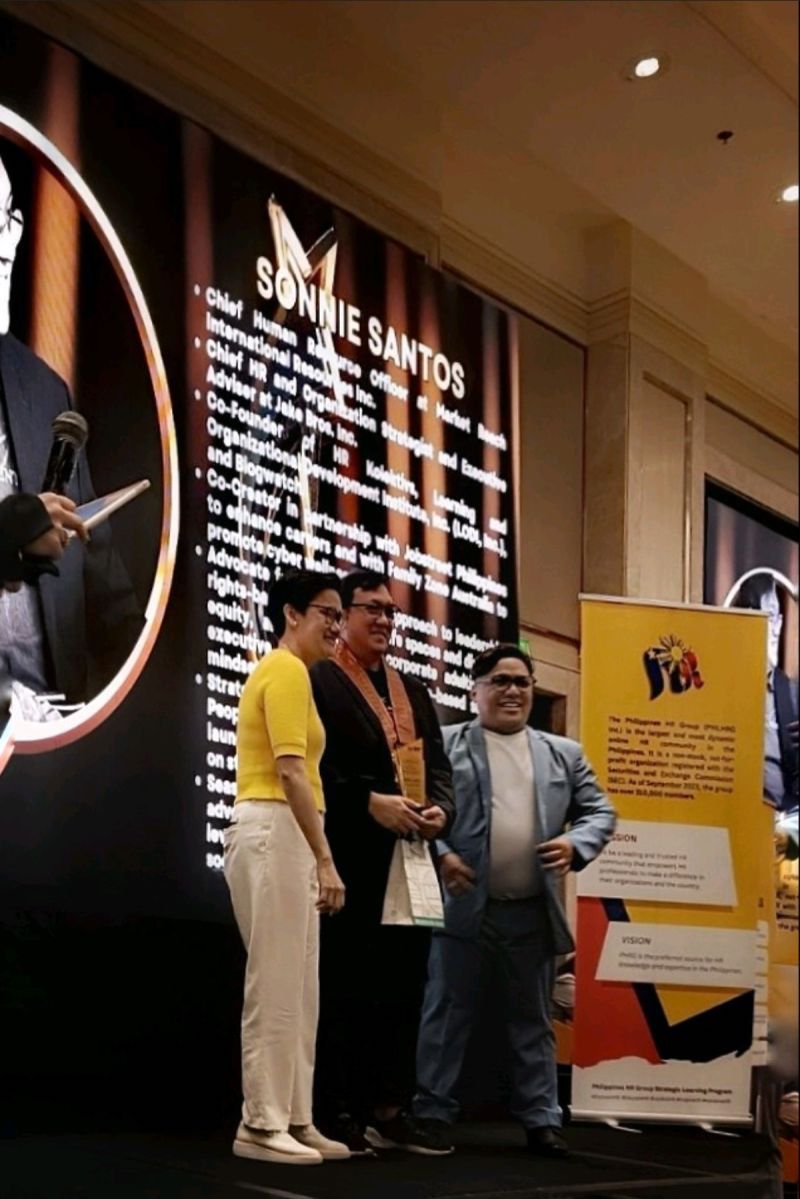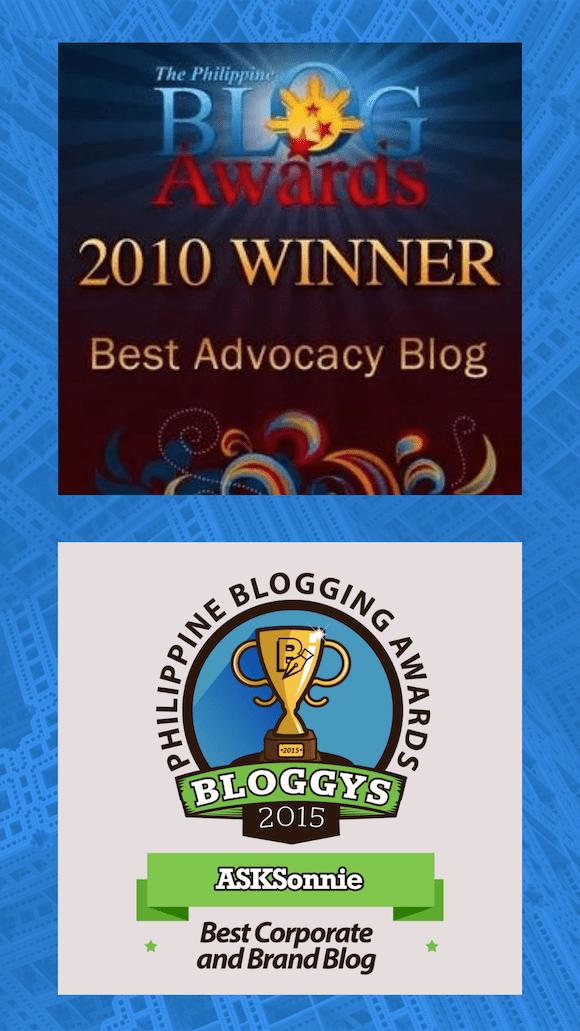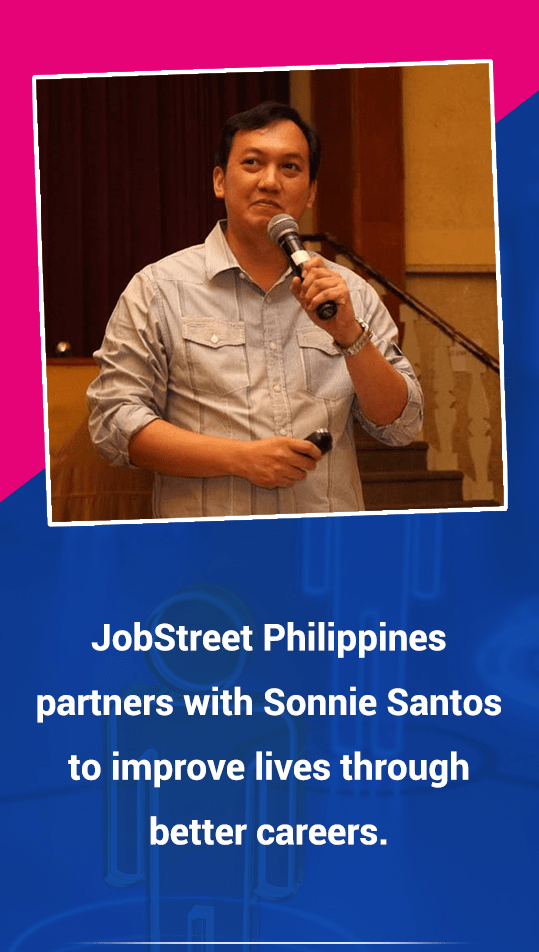Corporate Adulting: Leading a Multi-Generational Workforce in the Age of AI
Back in March 2011, I had the privilege of giving a talk titled “Leading a Tech-Savvy Team” at the National Sales and Marketing Professionals Convention at SMX. The theme then was the Web 2.0 Revolution. Social media was emerging as a serious business tool, Millennials (Gen Y) were entering the workforce in large numbers, and many leaders were struggling to adapt.

Fast-forward to 2025, and while the platforms and technologies have evolved—from Facebook pages and Yahoo! surveys to AI copilots, hybrid workplaces, and data-driven dashboards—the leadership challenge remains the same:
How do we lead a multi-generational workforce in times of rapid change?
The Generational Shift from 2010 to the Age of AI
When I first delivered that talk, the focus was on three groups:
- Baby Boomers (born before 1965) – the decision-makers, often tech-resistant.
- Gen X (1965–1979) – pragmatic adopters, bridging analog and digital.
- Millennials (Gen Y, 1980–1995) – the “digital natives” reshaping work.
Today, the generational dynamic looks very different:
- Boomers are mostly retired but still influential as board members, advisers, or entrepreneurs.
- Gen X are now the senior leaders—CEOs, CHROs, CFOs—responsible for balancing tradition with transformation.
- Millennials are no longer the “young disruptors” but middle managers, directors, and business owners shaping culture and strategy.
- Gen Z (1996–2010) now dominate the entry- to mid-level workforce. They’re digital-first, purpose-driven, and demand flexibility, mental health support, and values-based leadership.
- Gen Alpha (2011 onwards) are just entering internships, bringing an even more immersive digital fluency (AI, AR/VR, and gamification are second nature).
From Web 2.0 to the Age of AI and Digital Transformation
In 2011, I used Fred Cavazza’s Social Media Landscape to illustrate the need for leaders to understand different online platforms. Today, the “landscape” is far more complex. It’s not just about which social platform to use—it’s about how to integrate technology responsibly into leadership and organizational culture:
- AI tools that automate workflows, generate insights, and personalize experiences.
- Hybrid work infrastructures that require both physical and digital leadership presence.
- Digital ethics and data privacy as non-negotiables in trust-building.
- Agile strategies replacing static long-term planning.
The principle still stands without a central, values-driven strategy, technology can fragment efforts instead of amplifying them.
Corporate Adulting in 2025
So, can we lead a multi generation effectively today? Yes—if we practice what I call Corporate Adulting.
Like personal adulting, it’s about taking responsibility, maturing with the times, and leading with clarity. For organizations and leaders, this means three things:
1. Self-Inventory (Align)
Leaders must be open minded but cautious, in order to guide their team, and adaptive enough to manage across generations? Tech matters, but emotional maturity, integrity, and communication matter more.
2. E-frastructure (Strengthen)
Policies, tools, and culture must align. Teams cannot be expected to deliver breakthrough results without the right infrastructure—whether that means AI systems, collaboration platforms, or clear guardrails on privacy, ethics, and online behavior.
3. Strategy with a Soul (Kickstart)
Technology should never lead strategy—values should. Leaders must provide a unifying direction, ensuring that campaigns, projects, and innovations align with purpose. Otherwise, as I cautioned in 2011, “each will strut his own strategy,” and the result will be wasted effort.
The New Wine and Wineskin Principle in Today’s Workplace
In that 2011 talk, I borrowed a biblical metaphor:
📖 “And no one pours new wine into old wineskins. Otherwise, the new wine will burst the skins; the wine will run out and the wineskins will be ruined. No, new wine must be poured into new wineskins.” — Luke 5:37–38 (NIV)
This principle is more relevant than ever.
- The wine = employees and new generations of talent.
- The wineskin = companies, cultures, and leadership models.
If we try to pour today’s workforce into outdated structures, both the talent and the organization will suffer. Corporate adulting means rethinking not only tools and strategies but also mindsets, structures, and culture—so that both people and organizations thrive.
Final Reflection: Thriving in the Age of AI
Fifteen years ago, embracing social web felt like a bold move. Today, the lines between HR, marketing, tech, and leadership are completely blurred. Every leader is now a digital leader, whether they admit it or not.
What hasn’t changed is this truth: leadership is not about being the most tech-savvy person in the room—it’s about being the most adaptable, purpose-driven, and people-centered.
That, in essence, is Corporate Adulting in 2025.





